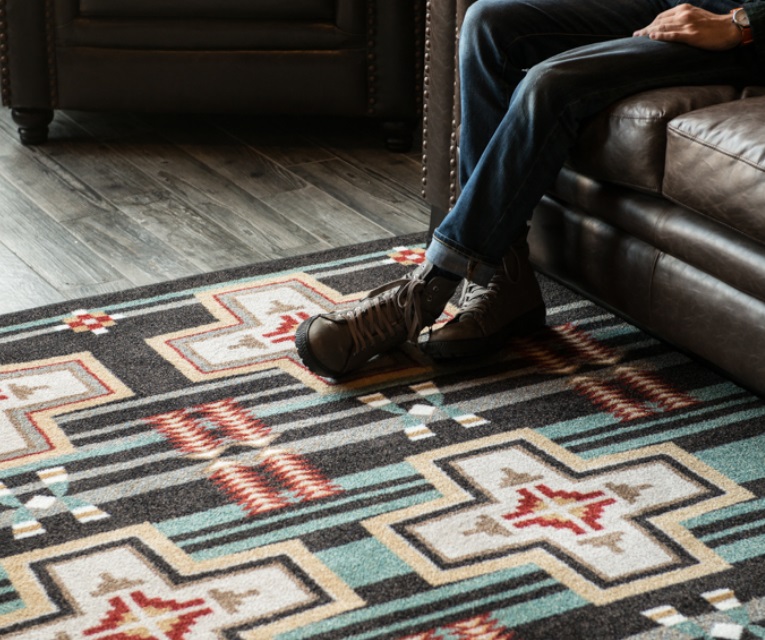
southwest rugs phoenix
If you are in the market for a new rug, you may want to check its authenticity first. The Indian Arts and Crafts Act prohibits the sale of American Indian crafts that are not authentic. While a good seller will tell you how long it has been in business, you should be careful to avoid buying a counterfeit rug. This law applies to Native American rugs and blankets, as well as all other American Indian products marketed in the U.S.


